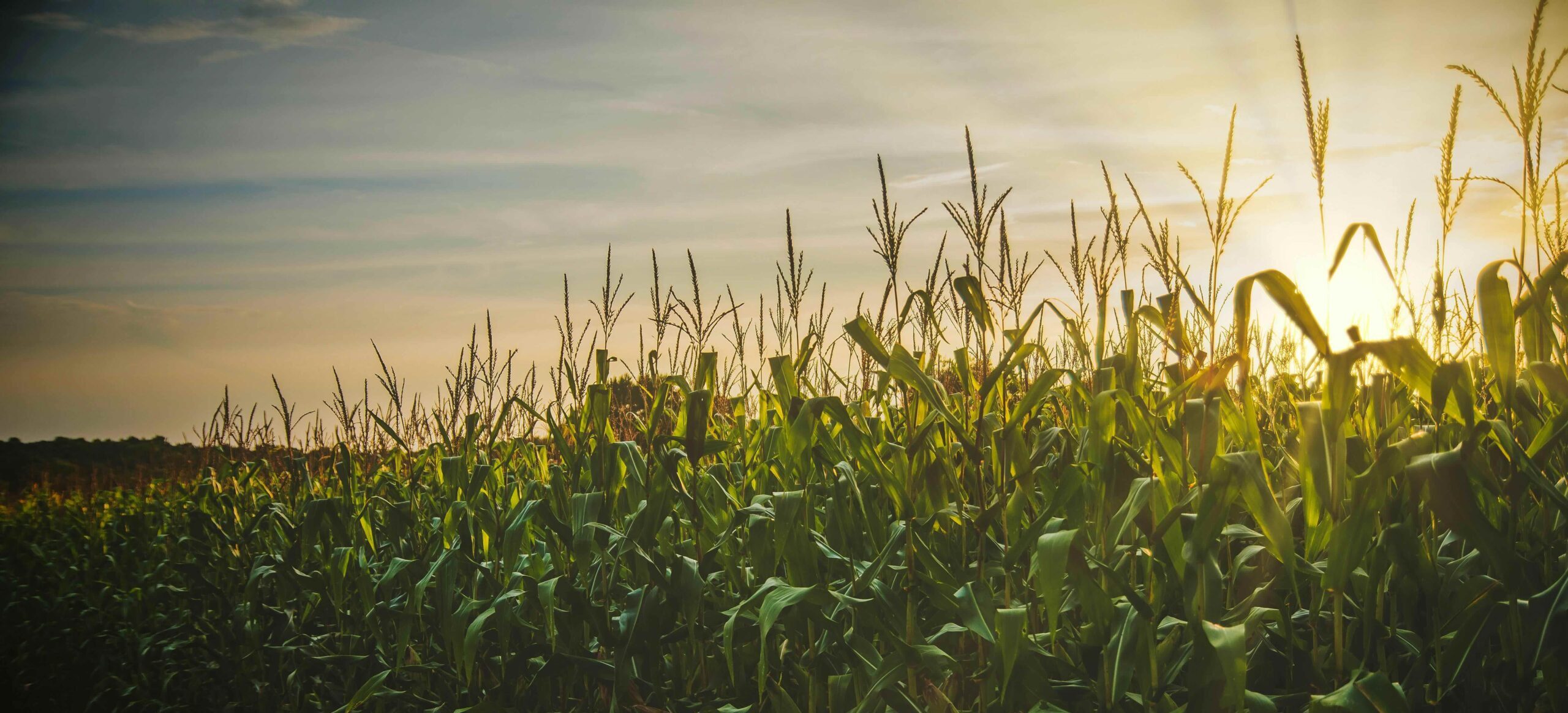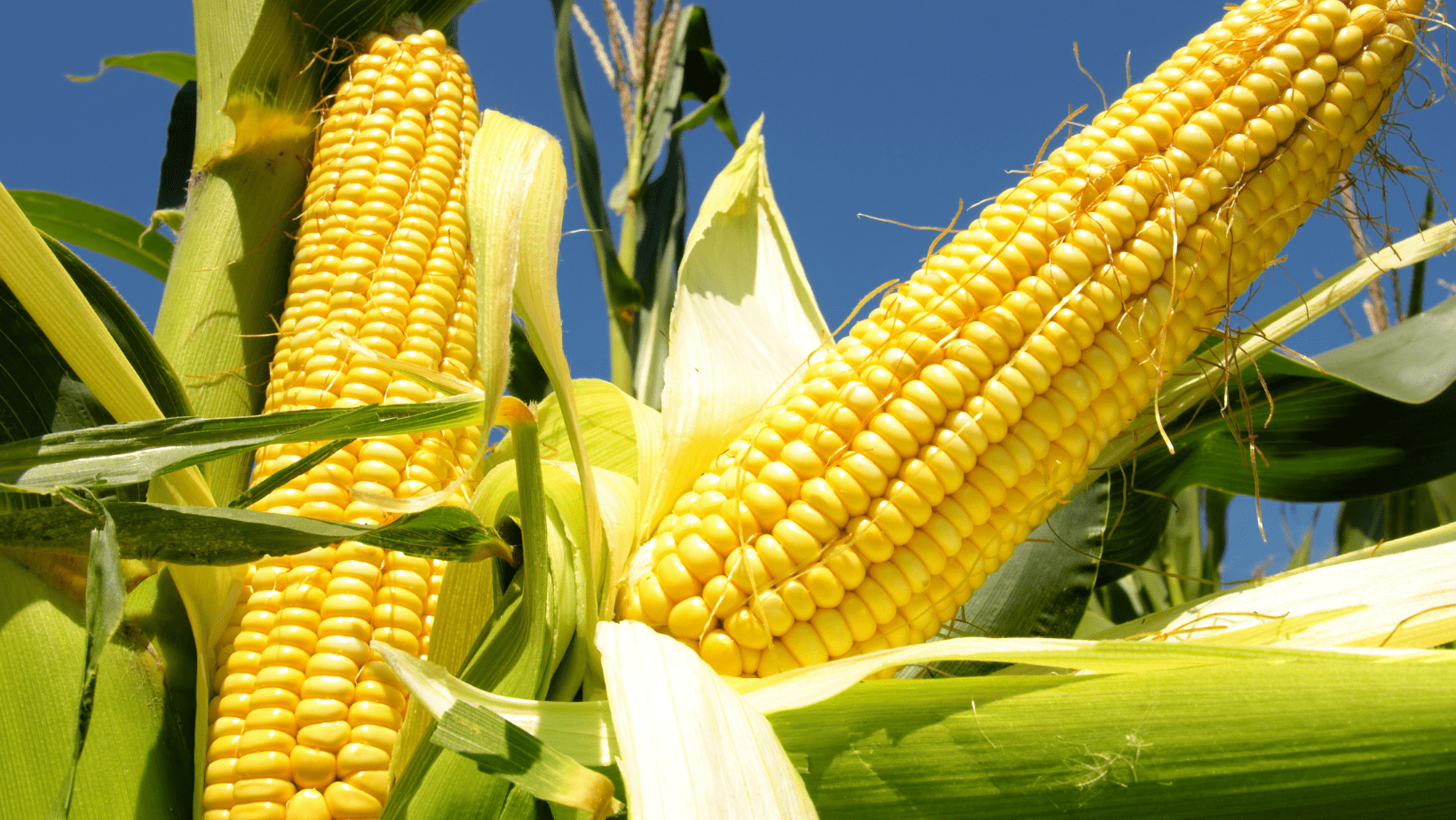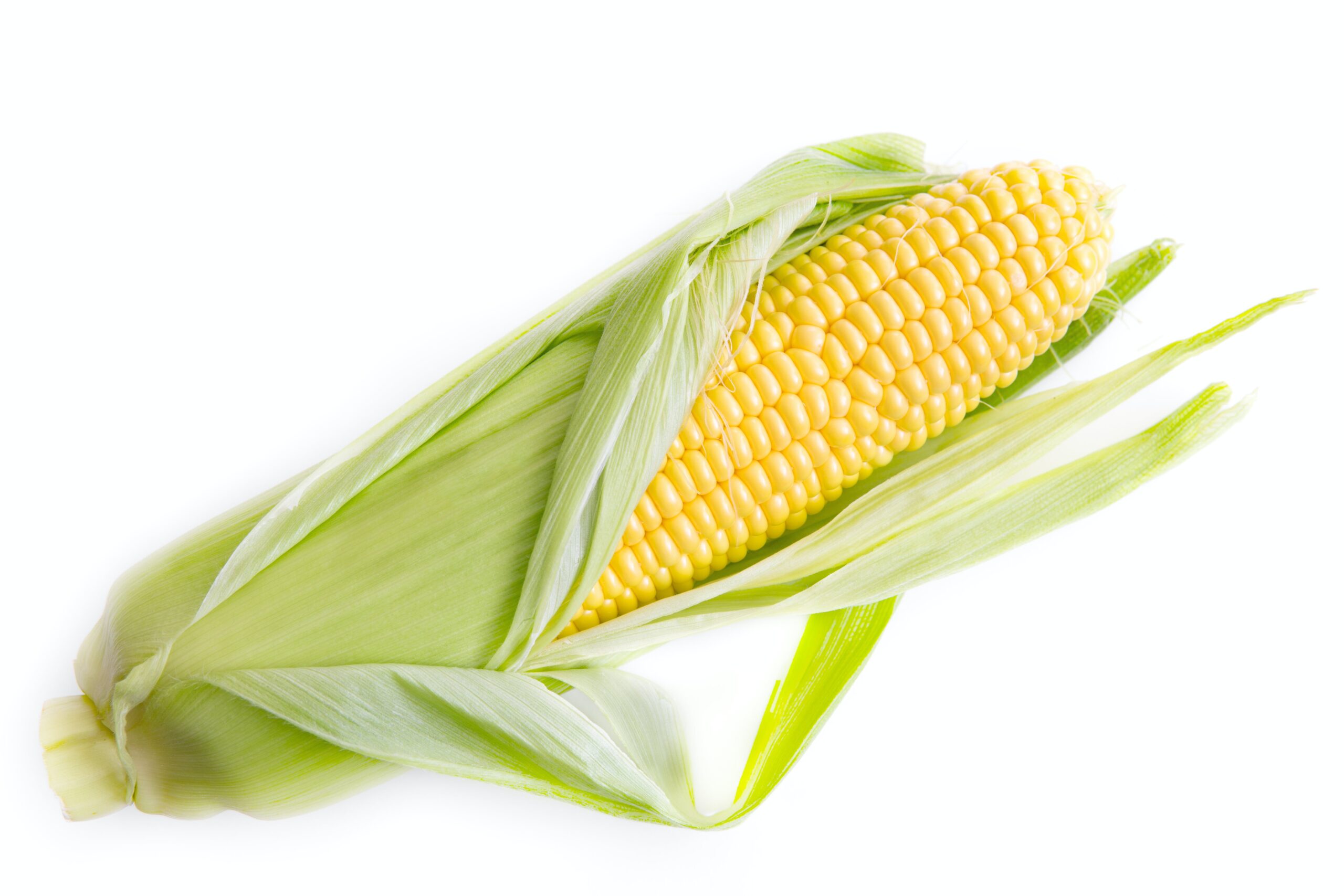On Friday June 28th the USDA released its annual Acreage report. The report estimates planted acreage of principal crops based on producer surveys conducted in the first two weeks of June. Nationally, principal acres planted were estimated at 315.177 million acres, up 1.866 million acres compared to the March Prospective Plantings report and 4.424 million acres lower than last year (Table 1). Southern states accounted for 22.8% of principal crop acreage. The largest negative and positive percent change (highlighted in Red and Black in the tables below) in principal crop acreage compared to the March Prospective Plantings report, in the southern states, were Oklahoma -5% and South Carolina +8%. Tables 2-7 show acreage changes, by state, compared to last year and the March Prospective Plantings report for corn, wheat, rice, soybean, peanuts, and cotton.
Corn acres planted were estimated at 91.475 million acres nationally, with the southern states accounting for 10.1% of planted acres. National corn acres were higher than most pre-report predictions and 1.4 million acres greater than the March Prospective Plantings report. Corn futures prices declined 13 to 16 ½ cents for the day. In the southern states, South Carolina had the largest increase, compared to the March report, adding 80,000 acres (+27%), while Louisiana and Tennessee had 9% decreases in planted acres. Nationally, the report indicated that corn left to be planted was 3.36 million acres.
All wheat planted acres were estimated at 47.24 million, down 258,000 acres compared to the March estimate. Revisions in acres were made for Alabama (-15,000 acres), Arkansas (+5,000), Georgia (-25,000 acres), South Carolina (-5,000 acres), Texas (-200,000 acres), and Virginia (-5,000 acres). Chicago wheat futures were down 4 ½ to 6 ¼ cents for the day, and Hard Red Wheat futures were down 4 ½ to 10 ½ cents.
Southern states account for 75% of rice production nationally, with Arkansas the largest producer. Rice acres planted were unchanged in Texas and Mississippi, declined 30,000 acres in Arkansas and increased 30,000 acres in Louisiana.
Soybean acres were estimated at 86.1 million, down 410,000 acres compared to the March estimate – slightly lower than pre-report estimates. Soybean futures closed down ¾ to 2 ¾ cents for the day. In the southern states, planted acreage was reduced 10,000 acres compared to March, with reductions for Arkansas, North Carolina, and Oklahoma and increases for Alabama, Kentucky, Louisiana, South Carolina, and Tennessee. The report indicated that soybeans left to be planted were 12.8 million acres.
Peanut acreage increased 7% (106,000 acres) compared to the March report. Increased planted acres in Texas, North Carolina, Georgia, and Mississippi were only partially offset by a small reduction in Alabama.
Upland cotton acres were estimated at 11.488 million, nearly 1 million acres higher than the March estimate and pre-report forecasts. Cotton futures closed 1.63 to 2.21 cents per pound lower for the day. Texas planted acreage increased 890,000 acres compared to the March report, contributing by far the most to the change in national acreage. Arkansas had the largest percentage increase at +24%.
Overall, the report provided bearish news for several markets that had already experienced substantial price declines this growing season. Moving forward, prices will continue to react to weather and revisions to planted/harvested acreage estimates.







References and Resources
Barchart.com. Daily futures prices. Accessed at: https://www.barchart.com/futures/grains?viewName=main
USDA National Agricultural Statistics Service (NASS). June 28, 2024. Acreage Report. Accessed at https://usda.library.cornell.edu/concern/publications/j098zb09z
USDA National Agricultural Statistics Service (NASS). March 28, 2024. Prospective Plantings Report. Accessed at https://usda.library.cornell.edu/concern/publications/x633f100h











